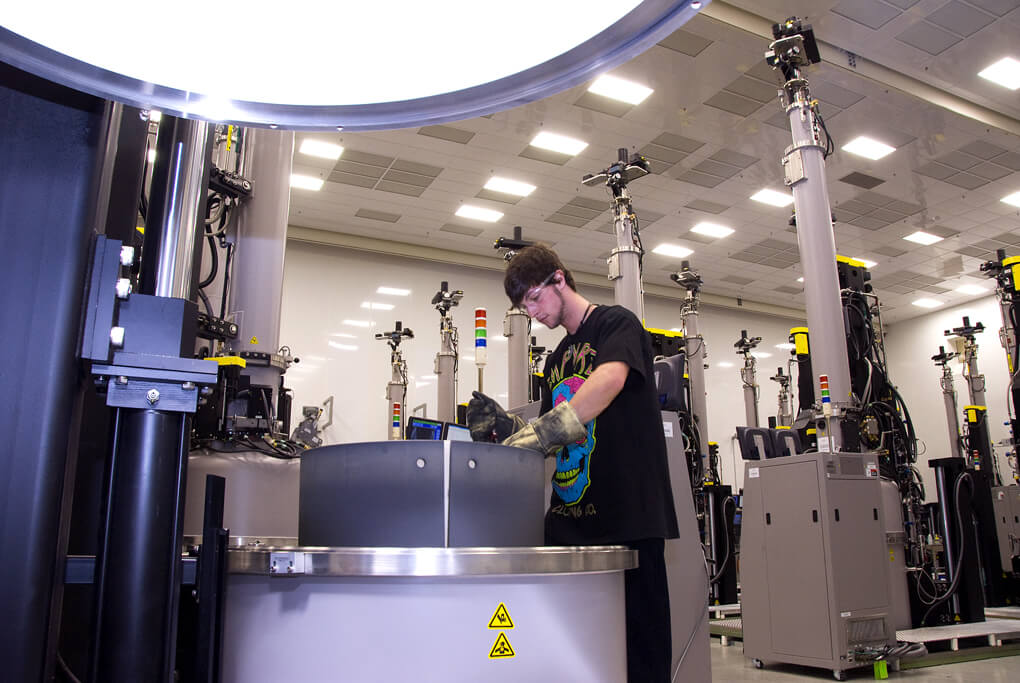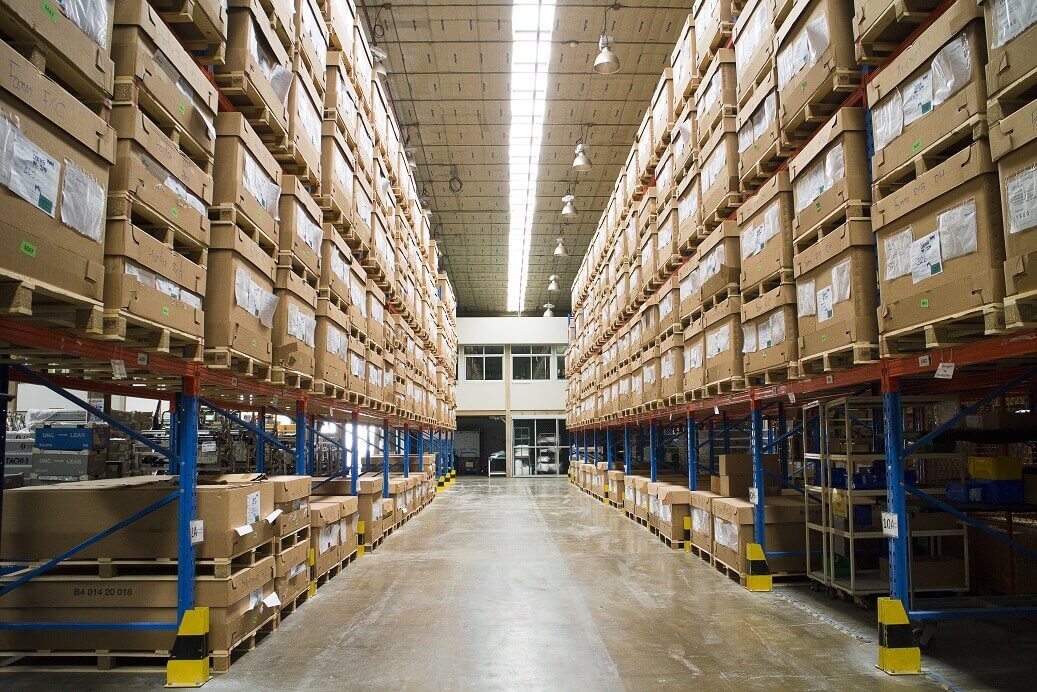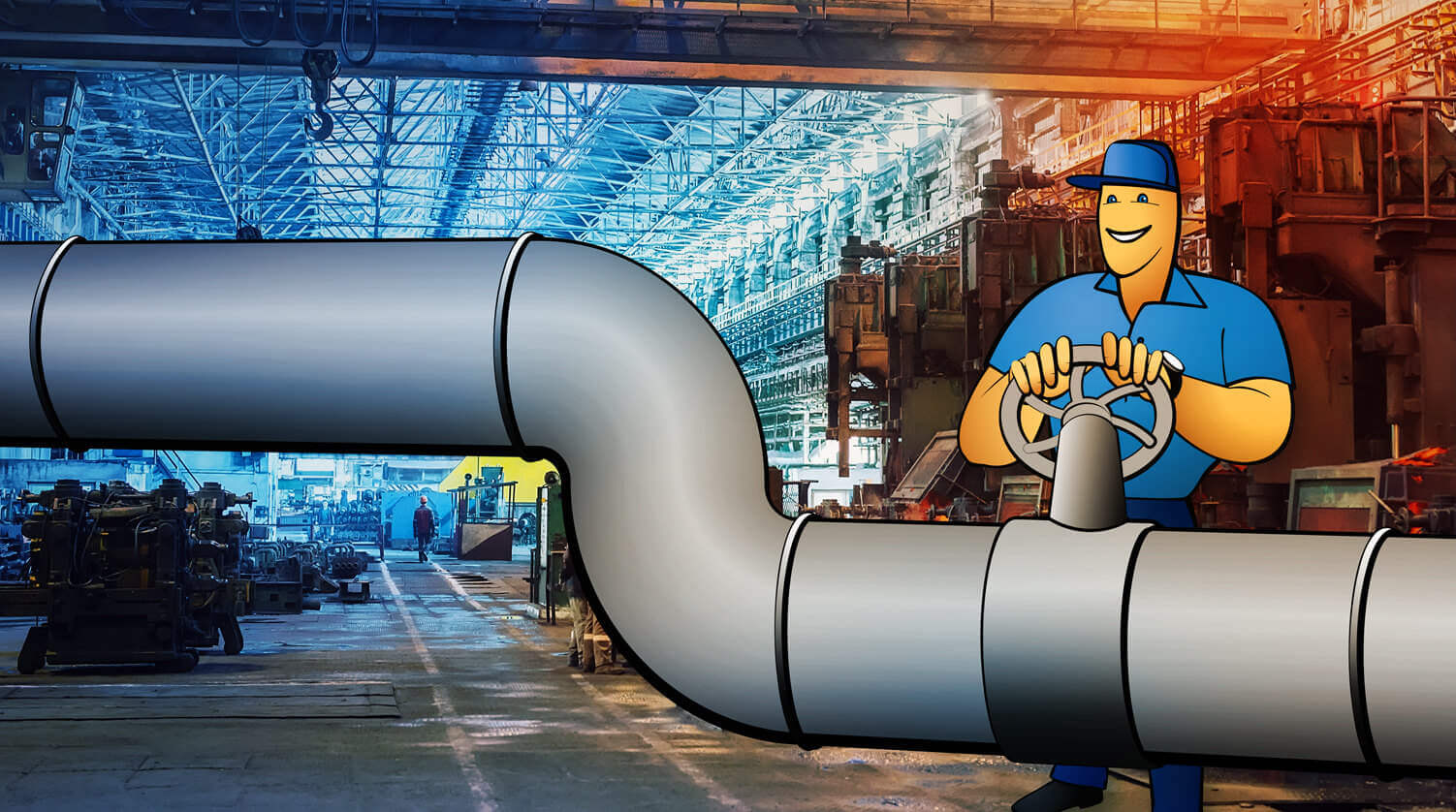Top 8 Predictions for Small Manufacturers in 2018

The holidays are over. The decorations are down and the champagne glasses polished and put away. Yearend reports are done and dusted. Everyone is settling back into business as usual. Now that we’re in the first quarter of the new year, it would be wise to take a moment to look ahead to the coming months.
Most of this year’s predictions reflect trends that have been in motion for several years already. Yet small businesses are often the last to get on board due to budgetary limitations and other constraints. Thanks to more affordable and easier-to-use technology, though, these companies can now join their larger counterparts and become more productive than ever before.
Here’s what’s in store for small manufacturers in 2018.
#1 Staffing will become more complex.
Contract or freelance workers will play an even bigger role in small manufacturers, especially as technology and software developments make it easier for companies to practice pull manufacturing. While this trend may result in leaner labor costs as companies save money by only hiring workers when production demand requires it, it may also mean that seeking out quality employees will take up more of management’s time.
#2 2018 will be the year to finally take cyber security seriously.
Many small manufacturers have put cyber security on the back burner, frequently due to lack of finances or ignorance or both. Yet we have seen time and time again how data breaches cost money and damage reputations. Unfortunately, it’s no longer as simple as changing your passwords. Researchers have identified flaws in the chips found in processors in laptops, servers and smartphones around the world, dubbing the weaknesses “Spectre” and “Meltdown.” SMEs will have to take steps to ensure their data is secure, especially since their customers will be demanding it.
#3 All-or-nothing retirement will fade into the past.
Human beings are living longer and staying healthier than ever before. Many individuals now choose to keep active and stay productive long after the previous generation’s retirement age. Smart companies will tap into their expertise and offer older workers the chance to stay on in modified roles or part-time schedules. It’s a win-win, as companies will benefit from this experience and employees will continue to learn new skills and pass on their knowledge to younger colleagues.
#4 Manufacturing software and apps will be increasingly designed for usability.
Software design will need to accommodate the rise of seasonal and short-term contract workers and the increasing presence of older employees in the labor pool. Companies simply won’t be able to spend weeks or months training workers who may only be with them for a matter of weeks or months. Manufacturers will seek out easy-to-use apps and software, and software companies will have to meet their demands.
#5 Increasing numbers of small manufacturers will use robots to support or replace parts of their workforce.
Automation is not new, yet there’s still room for increased adoption among small manufacturers. With new advancements in technology, robots have become smaller and more affordable, putting them within reach of many SMEs. Already there are robot farmers, warehouse workers, shoe makers, butlers, and customer service assistants; 2018 will see even more jobs added to this list. Small manufacturers will be able to use robots to make the most of their human staff by freeing them from menial tasks and allowing them to focus on more creative and complex work.
#6 The Industrial Internet of Things (IIoT) will help small manufacturers become more productive and efficient.
IIoT refers to the combination of sensors, machine-to-machine communication and automation set up to gather data and transmit it over the Internet. This allows manufacturers to get real-time information from the factory floor, even if they’re at home or on holiday. Just as we saw IoT devices such as the Google Home and Amazon Echo surge in popularity during the 2017 holiday season, so too will 2018 see a surge in SMEs benefitting from this technology.
#7 Natural disasters will continue to disrupt global supply chains.
Due to global warming, 2017 was the hottest year on record. Scientists are already predicting 2018 will see an increase in deadly earthquakes. Storms, hurricanes, and all sorts of extreme weather have become regular occurrences. Manufacturers must be prepared, or they risk interruptions that can cost millions of dollars.
#8 Augmented reality will help troubleshoot the production process.
Forward-thinking manufacturers will use AR tools to simulate production. They will provide insight into the process and help identify potential weak spots before the production phase even gets going. Like pilots use flight simulators to train for all possible scenarios in the air, companies can use AR to prepare for a variety of scenarios on the factory floor.



